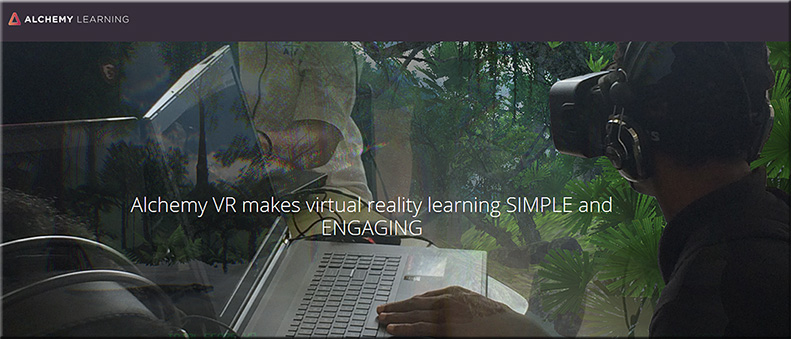From DSC:
I’d recommend that historians, geographers, geologists, archeologists — and many others as well — keep a sharp and steady eye on what’s happening with Virtual Reality (VR) — as the affordances that VR could bring seem very promising. Establishing collaborations with teams of specialists could open up some amazing learning experiences for learners in the future.
Consider the items below for example.
Virtual reality bringing artifacts to life in London — from thestar.com
Excerpt:
Virtual reality has been increasingly making its way into the museum experience. At London’s National History Museum, visitors can currently experience First Life, a 15-minute VR experience also using the Samsung Gear VR headsets, in which David Attenborough narrates a 3D journey depicting sea creatures from 500 million years ago.
Only a few major museums have hosted their own VR experiences, but several projects are working on bringing the museum experience to the masses using the technology.
Google recently launched its Expeditions project, allowing students equipped with a Cardboard headset and a smartphone to view materials from major institutions such as the American Museum of Natural History.
Virtual Reality Takes British Museum Visitors to Bronze Age — from augmentedrealitytrends.com by
Excerpt:
British Museum visitors will now be able to experience the past in a more vivid way. Apart from seeing the historical artifacts, you will be taken to the Bronze Age with the help of virtual reality headsets. You can don a Samsung Gear VR headset and explore a customary roundhouse from the Bronze Age. The exploration will consist of 3D scans of objects that are present in the museum. The museum is launching a VR weekend where this experience can be obtained.
…
Recreation of Three Bronze Age Objects
Three Bronze Age objects have been digitally recreated and will be shown to the visitors through virtual reality headsets.
One is a gold object which was recently discovered and is still caked with mud. The second object is a splendid bronze Beaune Dirk, which is a princely dagger. However, its shape suggests that it was not meant to be used, as the blade was never sharpened and the end was also not attached to a wooden hilt. The third object is a twist of bronze which looks simple but is most enigmatic. Over 50 such loops have been found within 18 miles of Brighton. They were not found anywhere else in Europe. What they were actually, is still a mystery. Users will be invited to try a replica and provide their opinions.
Virtual reality takes Baltimore students to Amazon — from wbaltv.com by Omar Jimenez
Armistead Gardens students use Alchemy Learning’s experiential learning
Excerpt:
Tech start up Alchemy Learning is using virtual reality as a tool for education.
“The ability to have a truly experiential learning moment has not been possible in traditional online education. Whereas with virtual reality you can see the students really are in a different world. They’re able to truly experience what’s around them,” Alchemy Learning co-founder Win Smith said.
Adopting Virtual Reality for Education — from alchemylearning.com
“As an educator with 20+ years’ experience integrating technology into curriculum, it is exciting for me to see a technology that so quickly captures the attention of the students, motivates them to make the effort to learn the procedures, and then opens them up to the relevant content.“
-Larry Fallon,
Instructional Technology Coordinator,
Arlington County Public Schools










